Frederick Jones Bliss (1859-1937) was an American archaeologist who worked in Biblical archaeology in the late 19th and early 20th centuries. He is best known for his excavations at Tell el-Hesi, Jerusalem, and several sites in the Shephelah region of modern Israel.
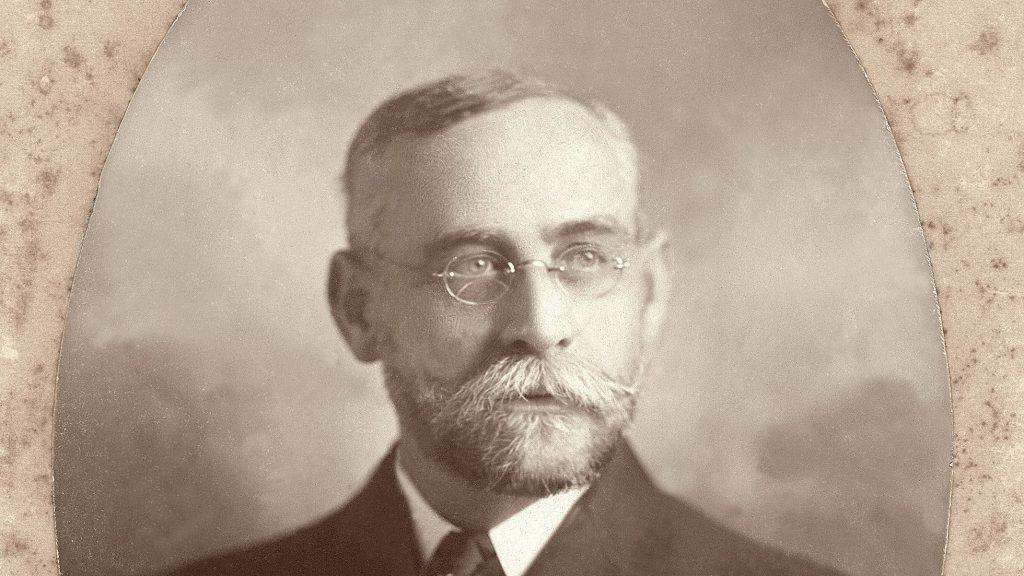
Frederick Jones Bliss – Excavations in Palestine
Bliss was born on Mount Lebanon, Syria, to missionary parents. He studied at Amherst College and Union Theological Seminary and then taught at the Syrian Protestant College in Beirut. In 1890, he was hired by the Palestine Exploration Fund (PEF) to lead excavations at Tell el-Hesi, a large mound in southern Israel.
Frederick Jones Bliss’s work at Tell el-Hesi revealed a sequence of occupation levels dating from the Early Bronze Age to the Persian period. He also discovered several important artifacts, including an extensive pottery collection and several inscribed seals.
Furthermore, Frederick Jones Bliss conducted several important archaeological excavations in Palestine, often collaborating with other archaeologists. Notable among these were his excavations at Tell Beit Mirsim (identified with the biblical city of Kiryat Sefer) and Tell el-Hesi. These excavations yielded valuable insights into the history and material culture of ancient settlements in the region.
Biblical Tells in the Judean Hills
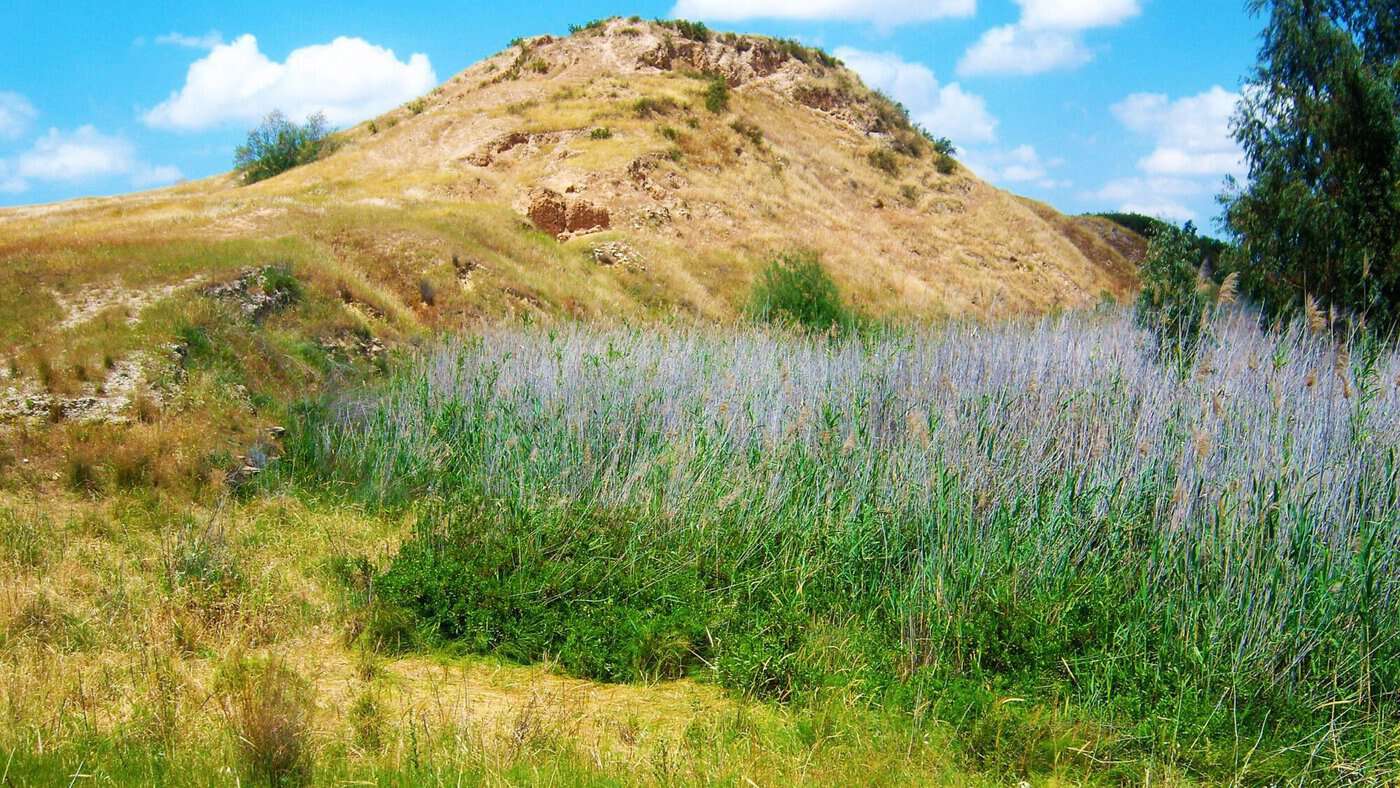
Discovery of Lachish Letters
From 1894 to 1897, Bliss worked in Jerusalem, excavating several sites, including the City of David and the City Wall. He also surveyed the entire city. Bliss’s work in Jerusalem helped to shed light on the early history of the city and its importance as a religious and political center.
In 1898, Frederick Jones Bliss returned to Palestine with R.A.S. Macalister to excavate several sites in the Shephelah region. The Shephelah is a lowland area located between the Judean Hills and the Mediterranean Sea. It was a strategically important region throughout history, and was controlled by a number of different empires at different times.
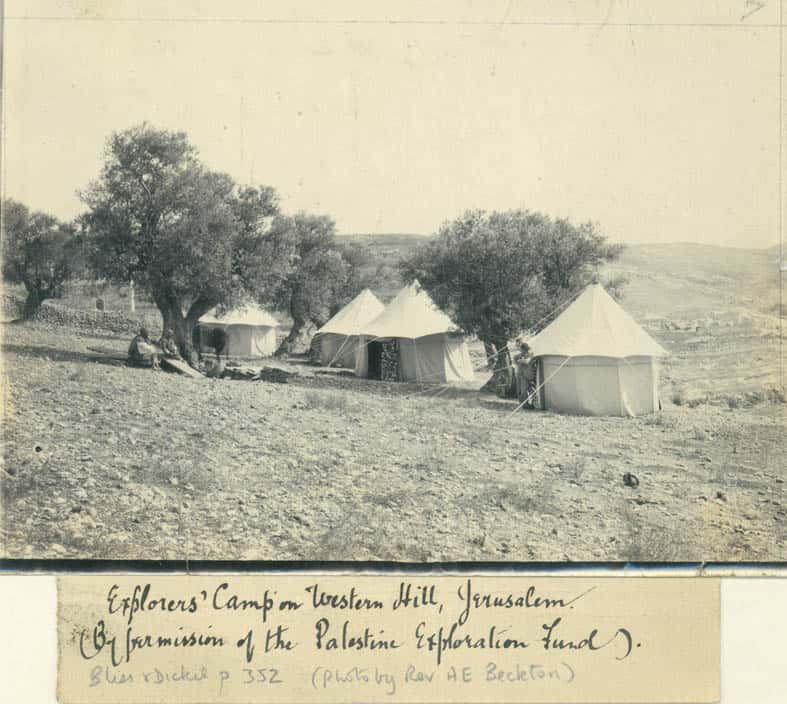
Bliss and Macalister’s Excavations in the Shephelah
Bliss and Macalister’s excavations in the Shephelah revealed several important settlements, including Tell Zakariya, Tell es-Safi, and Tell el-Judeidah. These settlements date from the Bronze Age to the Iron Age and provide important evidence for the region’s history during this period.
Bliss’s work in Palestine was highly influential and helped to lay the foundation for modern Biblical archaeology. He was a meticulous excavator and record keeper, and archaeologists have praised his work for its accuracy and detail. Bliss’s publications are still widely used by archaeologists today.

Fredrick Bliss – A prolific writer
In addition to his archaeological work, Frederick Jones Bliss was also a prolific writer. He published several books and articles on Biblical archaeology, including “A Mound of Many Cities; or Tell-el-Hesy Excavated” (1894) and “Excavations at Jerusalem, 1894-1897” (1898). He also wrote books on the religions of modern Syria and Palestine.
Bliss died in 1937 at the age of 78. He is remembered as one of the pioneers of Biblical archaeology, and his work has significantly contributed to our understanding of the history and culture of the ancient Near East.
Mount of Olives Tour
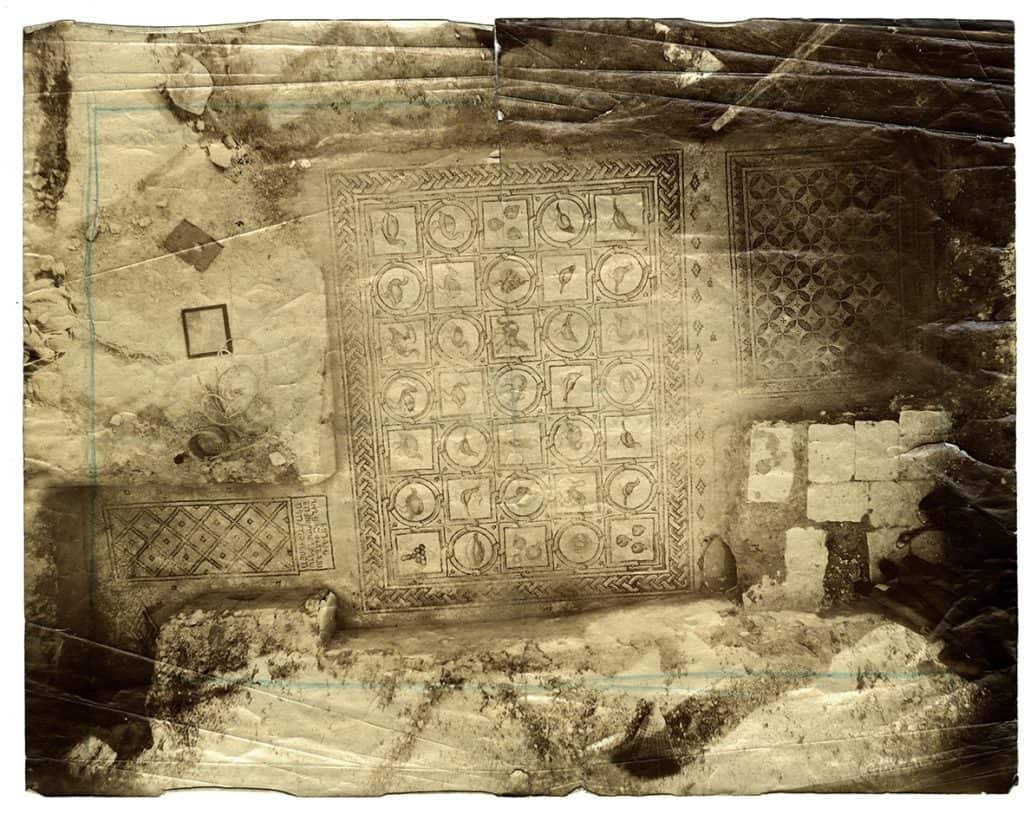
Contributions to Biblical Archaeology
Furthermore, Bliss’s archaeological work was closely associated with biblical archaeology, which seeks to uncover and understand the material remains of ancient biblical civilizations. His excavations often aimed to provide archaeological evidence that could shed light on biblical narratives and historical events.
Tell Beit Mirsim
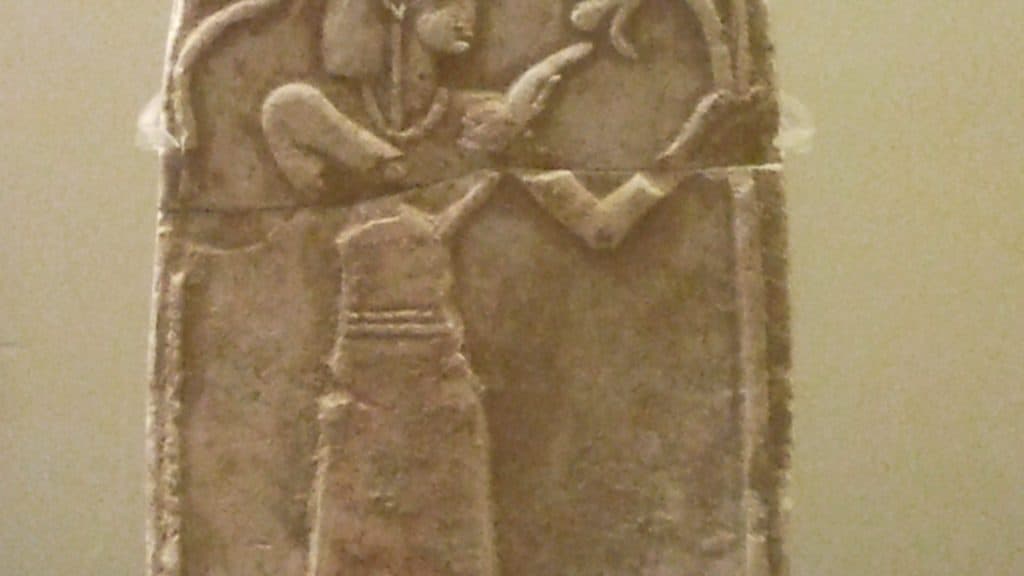
Scholarship and Publications
In addition to his fieldwork, Frederick Jones Bliss was an influential scholar in biblical archaeology. Furthermore, he contributed articles and reports on his excavations to scholarly journals and publications, sharing his findings and interpretations with the academic community.
Frederick Jones Bliss – Legacy in Archaeology
Ultimately, Frederick Jones Bliss contributed significantly to exploring and understanding ancient sites in Palestine. Furthermore, his work, along with that of other early biblical archaeologists, helped build the foundation of modern biblical archaeology and our understanding of the history and material culture of the Holy Land.
Frederick J. Bliss’s archaeological work and discoveries continue to interest scholars and archaeologists studying the history and archaeology of the biblical world. In addition, his efforts contributed to the growing knowledge about ancient Palestine and its role in developing biblical narratives and traditions—more about him on the P.E.F website.







